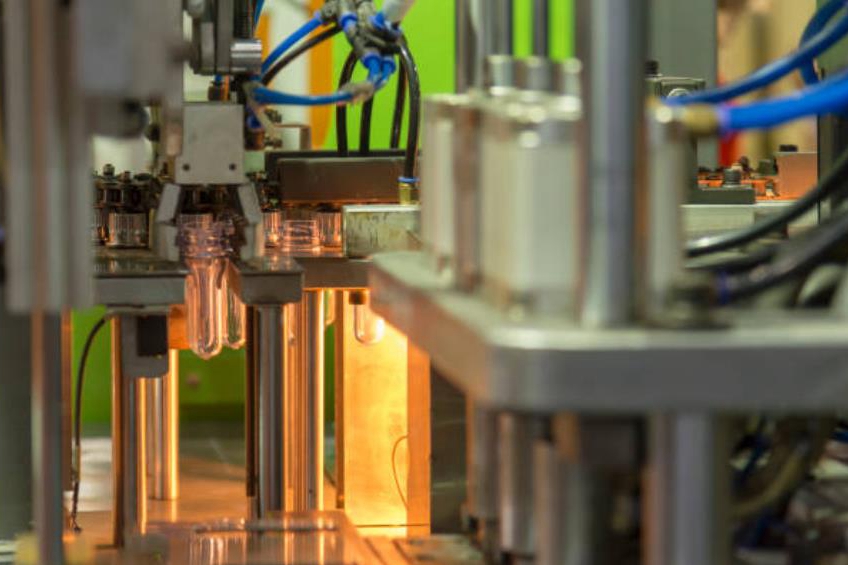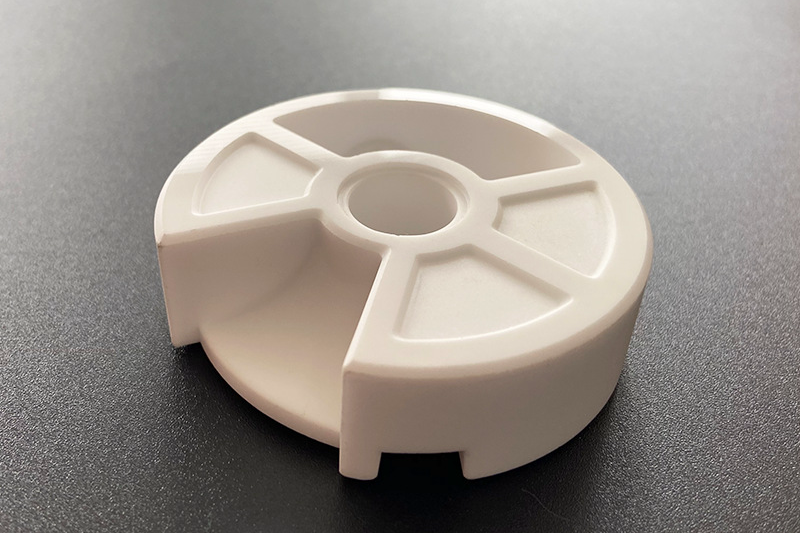Which surface treatments improve busbar conductivity and oxidation resistance?
Improving busbar conductivity and oxidation resistance requires selecting surface treatments that lower contact resistance, prevent oxide formation, and enhance long-term electrical stability. At Neway, we apply specialized finishing processes tailored for copper, aluminum, and hybrid busbar systems commonly used in energy storage, e-mobility, and telecommunication applications.
Enhancing conductivity with metallic coatings
The most effective method to improve electrical conductivity and reduce contact resistance is to coat the busbar with highly conductive metals. Neway utilizes precision finishing methods, including plating and electroplating, to apply uniform layers of silver, tin, or nickel.
Silver plating offers the highest conductivity and is ideal for low-voltage, high-current applications, particularly in EV battery modules and power electronics. Its low contact resistance ensures minimal energy loss even after prolonged cycling.
Tin plating strikes a balance between conductivity, cost, and corrosion performance. It is widely used to improve solderability and reduce galvanic wear in copper busbars for industrial power distribution.
Nickel plating offers good conductivity, combined with excellent hardness and wear resistance, making it suitable as an underlayer or standalone coating in environments with mechanical abrasion or elevated temperatures.
Improving oxidation resistance through protective coatings
Oxidation resistance is crucial for long-term reliability, especially for aluminum busbars, which naturally form insulating oxide layers. Protective conversion coatings such as Alodine coating provide chromate or non-chromate passivation that prevents oxide buildup while maintaining good electrical continuity.
For copper busbars, controlled passivation significantly improves longevity. Although passivation is typically used for stainless steel, modified processes can be applied to stabilize copper surfaces, reducing tarnish and enhancing bonding interfaces.
In harsh thermal environments—such as high-power converters—Neway can apply Teflon coating on insulating regions to prevent carbonization, arcing, and contamination without compromising electrical pathways.
Mechanical and environmental enhancements
Surface texture also influences electrical contact performance. Pre-treatments, such as tumbling and precision polishing, reduce micro-roughness, thereby increasing the real contact area and lowering resistance.
For exposed outdoor busbars used in power distribution or renewable energy systems, applying painting or powder coating to non-contact surfaces protects against corrosion, moisture, and pollutants while keeping critical conductive surfaces selectively plated.
Process integration for production-ready busbars
Neway integrates these treatments directly into the manufacturing pipeline—whether the busbar is produced through CNC machining, sheet metal fabrication, or copper alloy casting. Prototype samples undergo conductivity testing, thermal cycling, and environmental exposure to validate the coating’s performance before mass-production ramp-up.
This ensures every busbar assembly meets the electrical, mechanical, and safety requirements demanded by next-generation power and energy applications.



